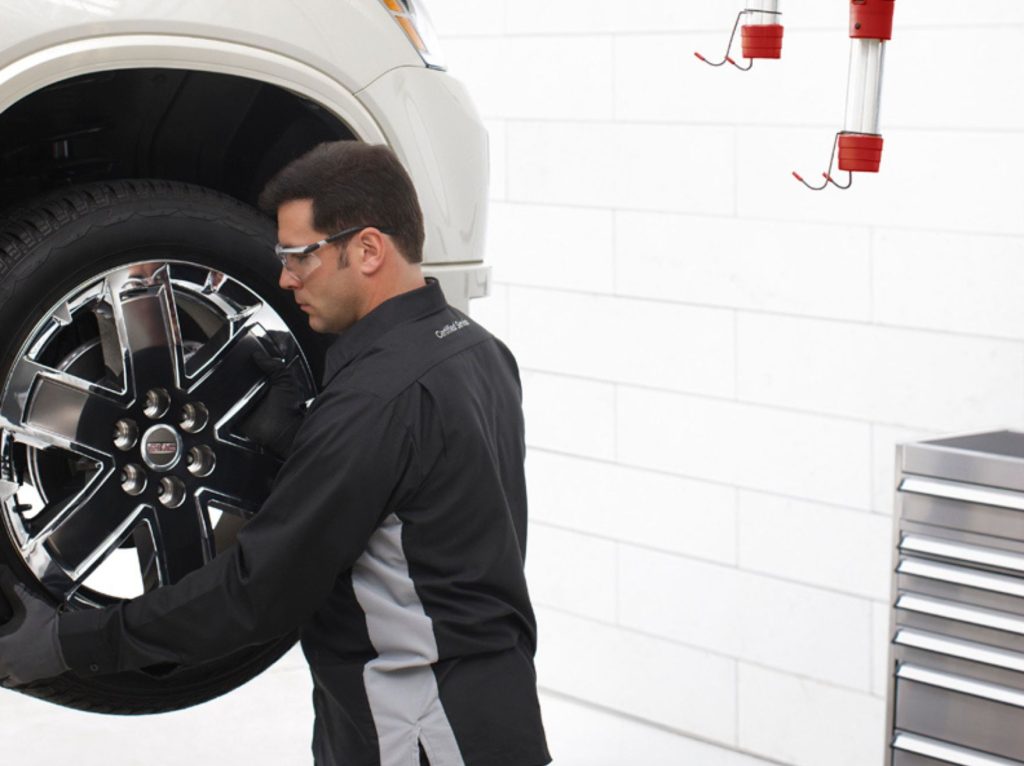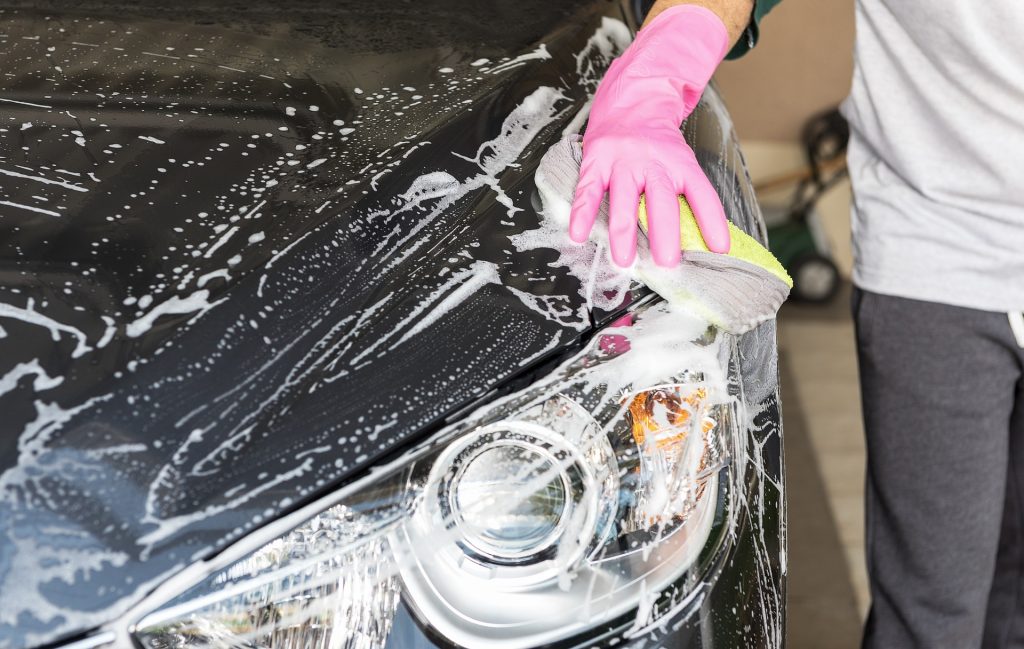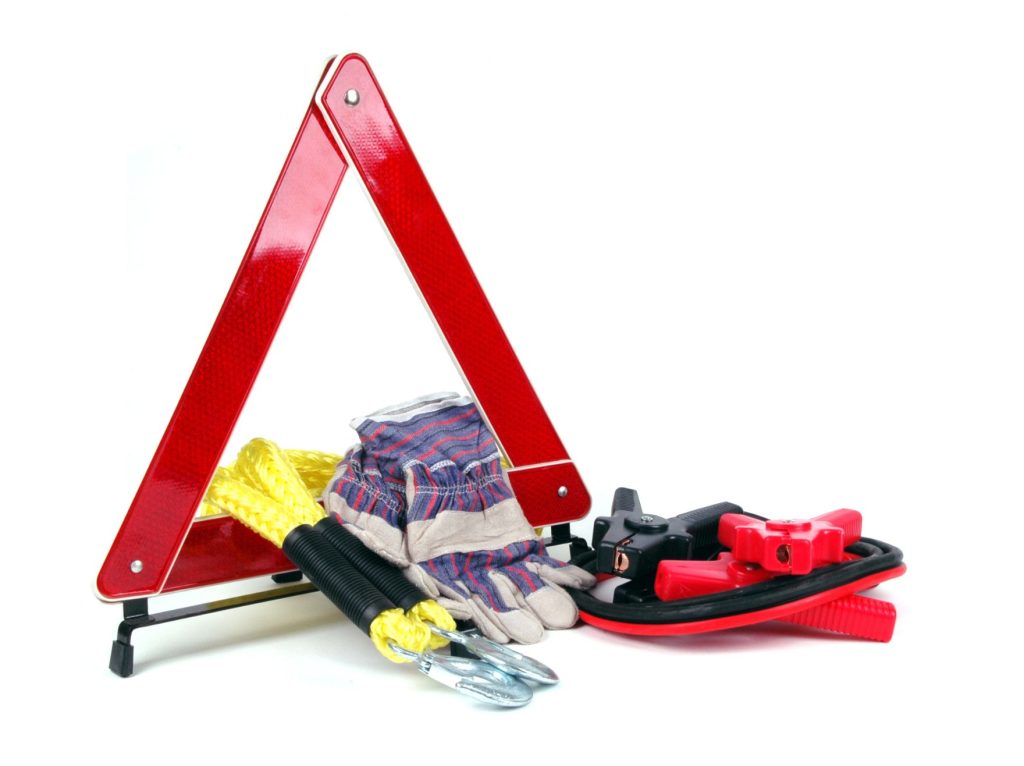As the days get longer and the weather begins to warm up, many of us are left with one important question on our minds: how can we get our cars in tip-top shape for spring? After all, driving in wet or icy conditions during winter travel can pose serious risks for your vehicle. To make sure you’re ready to hit the road as soon as spring arrives, it’s important that you follow a few guidelines. In this blog post, we’ll be giving an overview about what needs to be done when prepping your car for warmer weather — from basic maintenance checks and seasonal tire adjustments to advice about refilling your windshield washer fluid supply. Read on to learn more!
Change your oil and check your air filter to keep your engine running at its best
Keeping your engine running at its best is important for a safe and efficient vehicle. Performing regularly scheduled maintenance on your car, such as changing the oil and checking the air filter, can extend the life of your vehicle’s motor and also maximize fuel efficiency. When it comes to oil, correct viscosity and proper grade are essential; check with your mechanic or car manufacturer to make sure you get the right kind for your vehicle. Additionally, checking to see if your air filter needs replacing every 30,000 miles is key in preventing debris buildup that could damage the engine and lead to a decrease in horsepower. Staying on top of these preventive steps will ensure that your engine stays in optimal working condition.
Make sure the tires are properly inflated and the tread is in good condition

Maintaining the safety of your vehicle requires regular attention to key components, including its tires. Ensuring that your car tires are properly inflated and in good condition should be part of your regular maintenance routine. Failing to do so can not only lead to decreased gas mileage and increased tire wear, but it also poses a safety hazard for you and those around you, resulting in a potential accident. Make sure to check your psi levels and inspect the condition of your tires regularly to ensure you remain safe on the road.
Check all fluid levels and top off as needed (brake fluid, coolant, transmission fluid, etc.)
Regularly checking and topping off the necessary fluids in your car is one of the most important things you can do as a vehicle owner. Not only will it help keep your car running smoothly and efficiently, but it can also help you avoid costly repairs down the road. Make sure to check on all fluid levels, including brake fluid, coolant, transmission fluid, and any others recommended by your manufacturer, at least once a month to ensure that everything is properly topped off. If anything starts to dip below the recommended levels highlighted in your owner’s manual or online research, top these off immediately for best results. With this simple habit, you’ll be helping keep yourself and your car safe!
Give your car a thorough wash inside and out – don’t forget to wax the outside!

Keeping your car clean is essential to ensuring it runs smooth and looks great. Washing the exterior of your car regularly, and waxing once a month or so, can get rid of dirt and grime which can lead to rust build-up. Inside, regularly vacuuming the carpets and fabrics will help keep your car looking its best. Taking the time for a thorough cleaning every now and again will keep you ahead of possible repair bills in the future, both inside and out!
Replace any worn-out wiper blades with new ones for maximum visibility in rain or snow
Maintaining effective windshield wiper blades is an important part of keeping your car safe and reliable on the road. Worn-out wiper blades may not effectively clear away rain and snow, reducing visibility for the driver. The best method to ensure clear visibility in adverse weather is regularly replacing your wiper blades with new ones so that they can effectively clear away precipitation from your windshield. Doing this simple step before storm season, or when you start to notice reduced performance from your wipers, will prevent you from getting into potentially hazardous circumstances while driving in wet weather.
Invest in an emergency kit to be prepared for anything while on the road (jumper cables, first aid kit, flashlight, etc.)

Investing in an emergency kit for your car is a wise idea to make sure you’re prepared for anything that may come up while on the road. It’s important to be proactive and think of potential issues that could arise before they happen. A basic emergency kit should at least contain jumper cables, a first aid kit, some bottled water, snacks, a flashlight with extra batteries, warm blankets, and a warning triangle or roadside flares. By putting together an emergency kit ahead of time, you can be assured you won’t be left stranded if an unexpected event occurs. Planning ahead will ensure your safety and the safety of those around you on the road.
Maintaining your vehicle is an important part of keeping it safe and reliable for years to come. Taking the time to check your oil, air filter, tires, fluids, wiper blades and more will ensure that you are protected and ready for any situation. Investing in an emergency kit will also provide additional peace of mind in case you should ever find yourself in a bind. By taking care of these small tasks now, you’ll be able to enjoy the benefits of having a reliable car far into the future. Don’t forget, when all else fails – take it to the shop! A professional mechanic can diagnose any issue quickly and can also give you valuable advice on best practices for long-term maintenance. Enjoy the roads safely and take pride in knowing that your car is taken care of!
For assistance getting your vehicle ready for spring, contact our team at 517-265-6107!





